Meet 15 alternatives to create Graphical Interfaces with C++
We already did an article with the 7 best known, but now we have 15 more as good as the others!
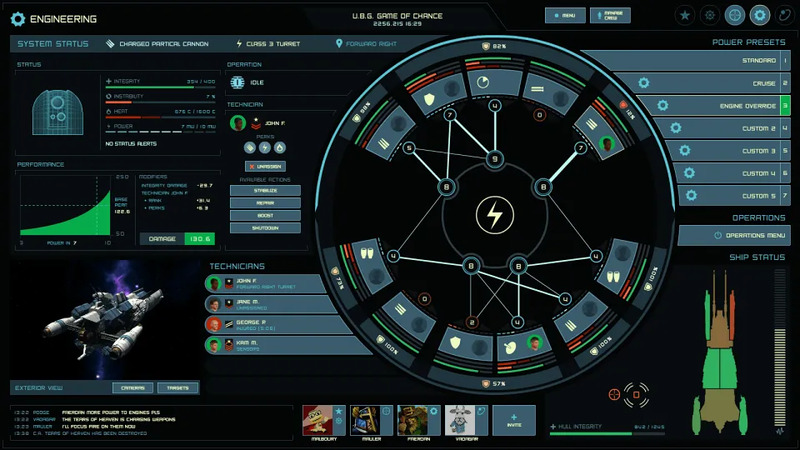
We already made an article that detailed about:
The 7 Best C++ Frameworks to Create Graphical Interfaces
Where there were many details including tutorial videos.
In this article we are going to know more 15 ALTERNATIVES not so well known, but also very efficient to create Graphic Interfaces with C++
01. XTD
xtd is a free and open source modern framework built with C++17 and C++20 for creating GUI Graphical Interfaces and unit testing applications.
It is available for: Microsoft Windows, Apple macOS, iOS, Android and also for GNU/Linux.
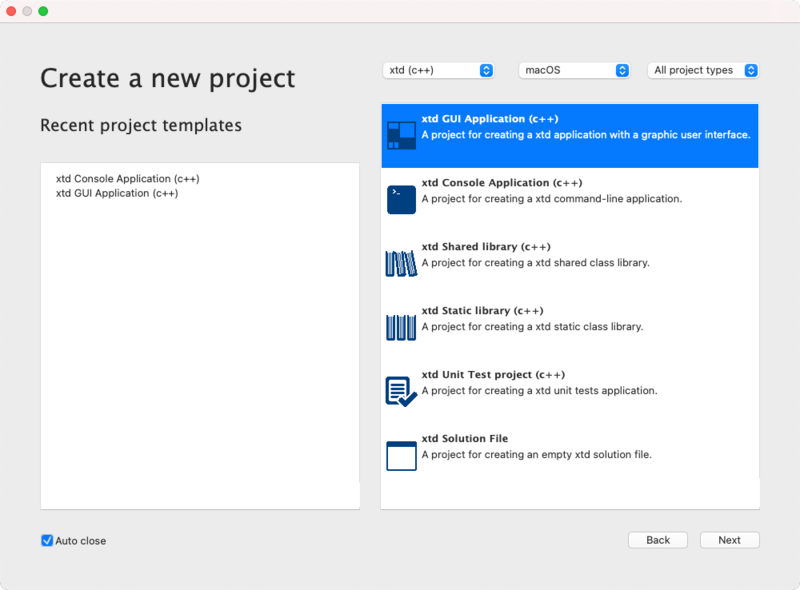
For more information, visit the GitHub repository:
https://github.com/gammasoft71/xtd
02. NanoGUI
NanoGUI is a minimalist cross-platform widget library for OpenGL 3.x and above. It supports automatic layout generation, callbacks with lambdas, a variety of useful widget types, and Retina-compatible rendering on Apple devices.
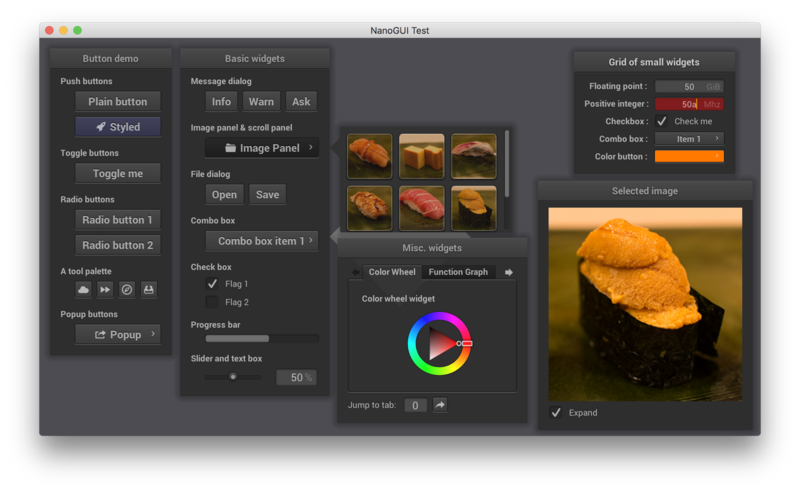
For more information about NanoGUI, visit the repositories:
https://github.com/wjakob/nanogui
https://github.com/mitsuba-renderer/nanogui
03. Nuklear
Nuklear is a minimal state, immediate mode GUI toolkit. It is designed as a simple, embeddable UI for application and has no operating system dependencies, a default rendering backend, or window/input handling.
But it does provide a highly modular library-based approach, with simple input state for input and drawing commands that describe primitive shapes as output. So instead of providing a layered library that tries to abstract multiple platforms and render backends, it just focuses on the actual UI.
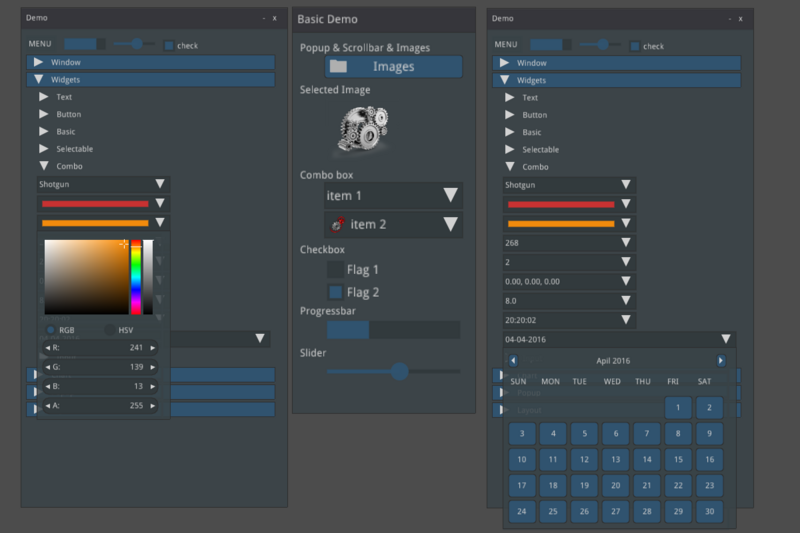
For more information about Nuklear, visit the repository:
https://github.com/Immediate-Mode-UI/Nuklear
04. RayGUI
RayGUI is a simple and easy to use instant mode GUI library. It was originally inspired by Unity IMGUI (immediate mode GUI API).
raygui was designed as a helper module for raylib to create simple GUI interfaces using the raylib graphical style (simple colors, simple rectangular shapes, wide borders…), but can be adapted to other engines/frameworks.

For more information about RayGUI, access the repository:
https://github.com/raysan5/raygui
05. TGUI
TGUI is a cross-platform modern C++ GUI library. Although originally a library for SFML, it now also has back-ends for SDL and GLFW.
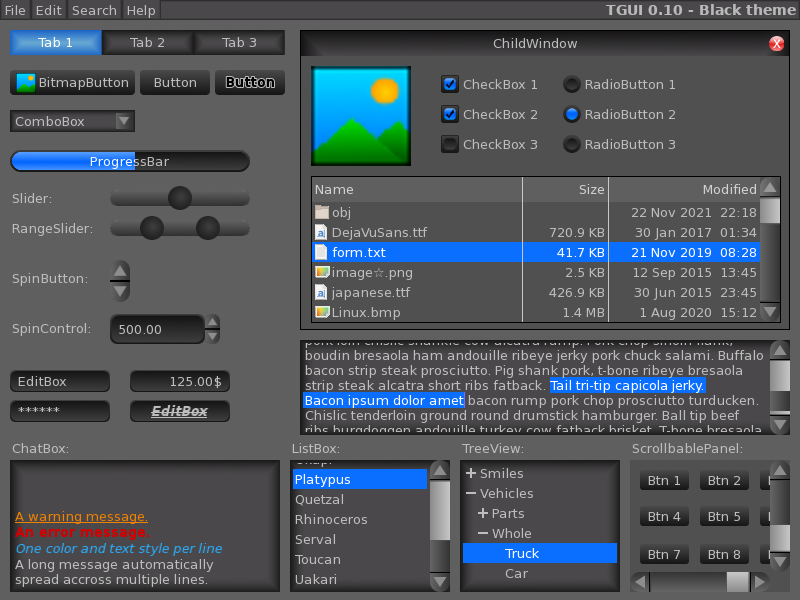
For more information about the TGUI, access the links:
https://github.com/texus/TGUI
https://tgui.eu/
06. SDL GUI
SDL GUI is a new concept for creating graphical interfaces for games and in general. While still in development, there is support for: MacOS, Windows, iOS, Android, WebAssembly (via Emscripten), Raspberry Pi and GNU/Linux.

For more information about the SDL GUI, visit the repository:
https://github.com/mozeal/SDL_gui
07. Elements
Elements is a modular, lightweight, refined and resolution-independent GUI library. Elements promises to be a new concept in GUI development.

For more information about Elements, visit the links:
https://github.com/cycfi/elements
https://cycfi.github.io/elements/
08. Sciter
Sciter is an embeddable HTML/CSS/scripting engine, Windows, Mac OSX and GNU/Linux.

For more information about Sciter, access the links:
https://github.com/c-smile/sciter-sdk
http://sciter.com/
09. NoesisGUI
NoesisGUI is a library for creating graphical interfaces for cross-platform games. It is lightweight and available to use lightweight for C++ and NET.

For more information about NoesisGUI, access the links:
https://www.noesisengine.com/
https://github.com/Noesis
10. LibUI
libui is currently mid-alpha software. Much of what is currently present works stably enough for the examples and maybe a few small programs to work, but stability is still a work in progress, much of what already exists is not complete, some of it will have bugs on certain platforms, and many things are missing.
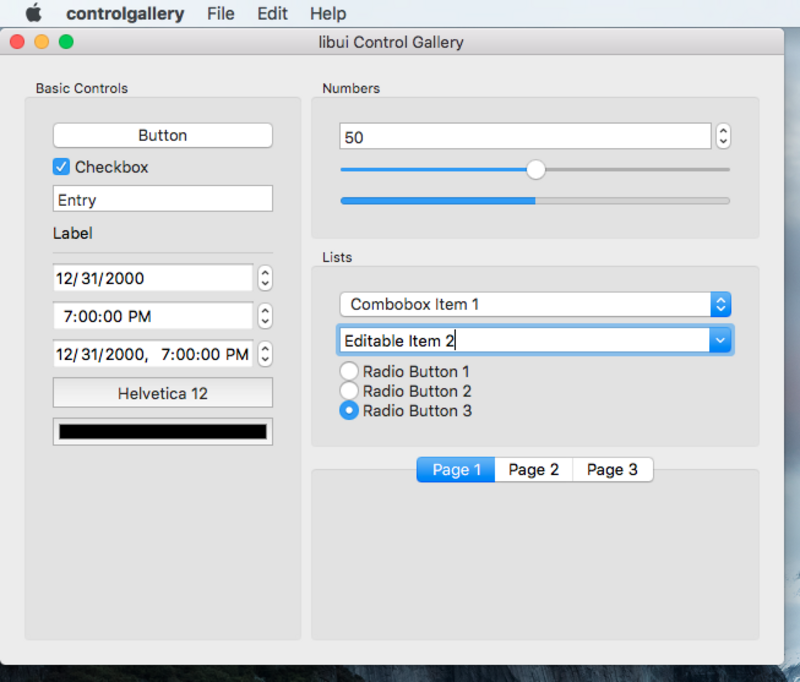
For more information about LibUI, visit the repository:
https://github.com/andlabs/libui
11. DUILib
Duilib is a free and open source DirectUI interface library. It is widely accepted by major Internet companies due to its simple design, easy extension and stable and efficient implementation. It is widely used in instant messaging, video clients, stock market software, navigation software and cell phone assistance.
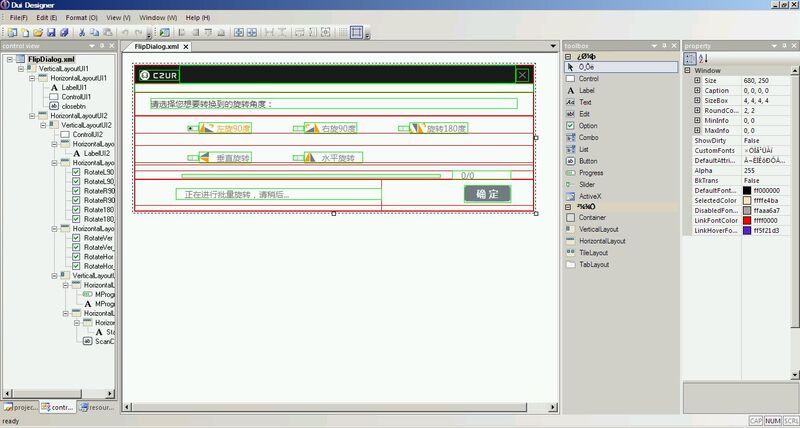
For more information about DUILib, access the links:
https://github.com/duilib/duilib
http://www.johnwillis.com/2017/01/czur-skinning-with-duilib.html
12. Yue
Yue is a library for creating cross-platform native GUI applications.

For more information about Yue, access the links:
https://github.com/yue/yue
https://libyue.com/
13. GacUI
GacUI is a GPU-accelerated C++ user interface with WYSIWYG development tools, XML support, built-in data binding, and MVVM capabilities.
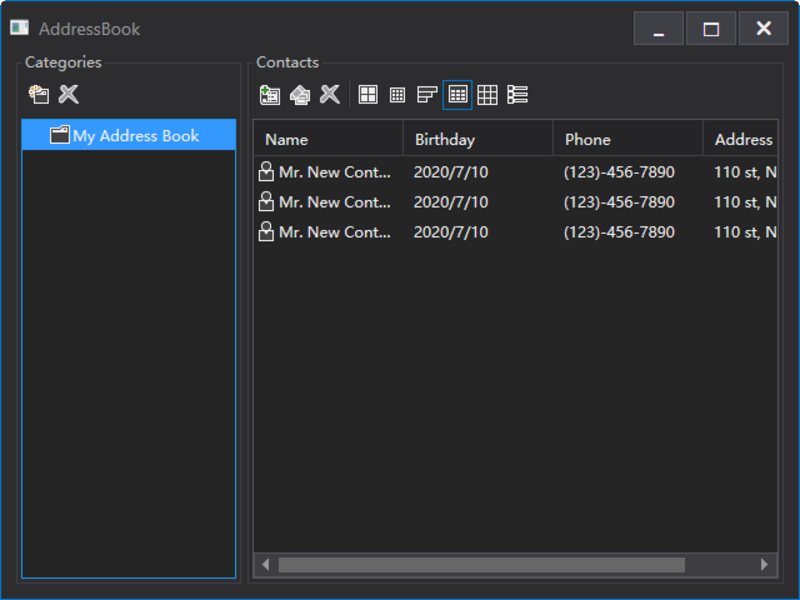
For more information about GacUI, visit the repository:
https://github.com/vczh-libraries/GacUI
14. RmlUI
RmlUi is the C++ user interface package based on HTML and CSS standards, designed as a complete solution for any design interface need. It is a fork of the libRocket project, introducing new features, bug fixes and performance improvements.

For more information about RmlUi, access the links:
https://github.com/mikke89/RmlUi
https://mikke89.github.io/RmlUiDoc/
15. MyGUI
MyGUI is a cross-platform library for creating graphical user interfaces (GUIs) for 3D games and applications.
For more information about MyGUI, access the repository:
https://github.com/MyGUI/mygui
In other words, there is no shortage of alternatives! The ideal is to choose the one that best suits you and also fits your project.
Comments